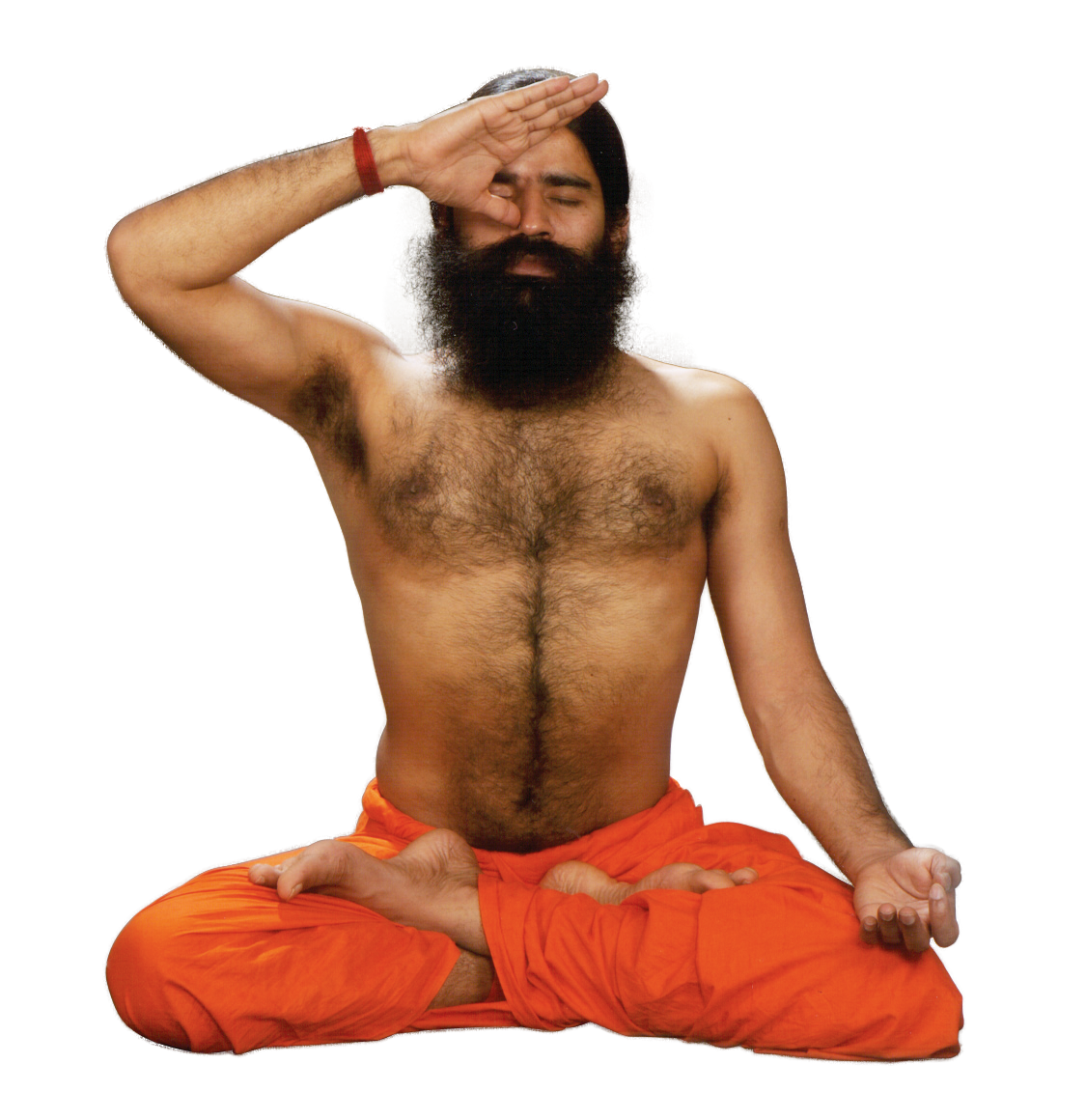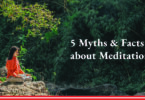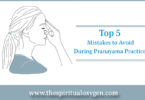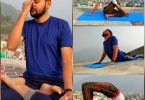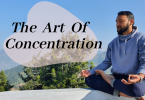Whether you are practitioner of yoga or not, you must have heard about breathing exercises or also known as Pranayama exercises. Pranayama is generally defined as breath control.
The breath is the most vital process and linked with all aspects of human experience. In the early practices of Pranyama we try to control the rhythms of pranic flow to achieve healthy body and mind. But Pranayama goes beyond these benefits.
The actual meaning of Pranayama
Pranayama is combination of two words Prana and Ayama. Prana means vital energy or life force which is responsible for keeping us ‘alive’ and Ayama means expansion so Pranayama translated as “expansion of life force”.
Breath is a gross manifestation of this prana. Through Pranayama techniques you gain the ability to expand life force which means ability to expand the understanding of consciousness. The breath is our primary way of interacting with universe. It’s the first thing and last thing we do in our lives.
There are the five main pranas which are responsible for various physiopsychological activities, the five prana are Prana, Apana, Samana, Udana, Vyana out of these five, Prana and Apana are the most important.
Pranayama has three movements: Pooraka (inhalation), Rechaka (exhalation) and Kumbhaka (retention). In the major classical yogic texts such as Upnishad, Yoga Sutra and Hatha Yoga Pradipika, it is said that kumbhaka is pranayama and pranayama is kumbhaka; not pooraka and rechaka.
However, remember that inhalation and exhalation are a part of retention. It is necessary to inhale as well as exhale, if you want to retain your breath. Kumbhaka is a part of all Pranayama practices.
The aim of all Pranayama practices is to achieve kevala kumbhaka (spontaneous retention), which is equivalent to the state of samadhi.
Pranayama in Ashtanga Yoga
In the Yoga Sutra of Patanjali practice of Ashtanga Yoga (eight limbs) leads to self realization. These eight limbs are Yama, NIyama, Asana, Pranayama, Pratyahara, Dharna, Dhyana and Samadhi. After mastering the Asana then a yogi must practice Pranyama. Sutra 2.49 to 2.53 is discussion about pranayama.
- Sutra 2.49 says after mastering posture (asana) then starts to practice pranayama, pranyama is defined as regulation of the incoming and outgoing movements of breath with retention.
- Sutra 2.50 says pranayama has three movements: inhalation, exhalation and retention; it is regulated according to time, place and number and prolonged and fine. After the prolonged practice of these three movements we reach to fourth one.
- Sutra 2.51 says fourth type of pranayama transcends the sphere of internal and external and seems effortless.
Next two sutras are about, what are the benefits of Pranyama practices.
- Sutra 2.52 says – From the practice of Pranyama veil of ignorance which is covering the light of knowledge get dissolved and mind becomes more clear and stable and suitable for Spirituality (self study).
- Sutra 2.53 says then this clear and stable mind becomes fit for concentration.
Pranayama in Hatha Yoga
There are many texts describing hatha yoga in detail, like hatha yoga pradeepika, gherand samhita, shiv samhita etc. But among these texts Hatha Yoga Pradipika is consider as important. 2nd chapter of Hatha Yoga Pradeepika covers the topic of Shatkarma (six cleansing techniques) and Pranayama in detail with its philosophy and techniques. Hatha Yoga Pradipika describes eight kumbhaka techniques.
Here are translations of some important Shlokas
2.1 – After mastering the posture, and eating balance and moderate food, should start to practice pranayama, as instructed by his guru.
2.2 – Respiration being disturbed, the mind becomes disturbed. By restraining respiration, the Yogi gets steadiness of mind.
2.3 – So long as the (breathing) air stays in the body, it is called life. Death consists in the passing out of the (breathing) air. It is, therefore, necessary to restrain the breath.
2.5 – When all the nadis and chakras have been purified, then the yogi is able to retain prana.
The following pranayama, including kumbhaka (breath retention) practices are:
Suryabhedi (piercing/activating the sun or the pingala nadi), Ujjayi breath, Seetkari (inhale through the teeth making a slight hissing sound, Sheetali pranayama (cooling breath), Bhastrika (bellows breath), Bhramari (humming bee breath), Moorchha (swooning breath), Plavini (gulping breath)

